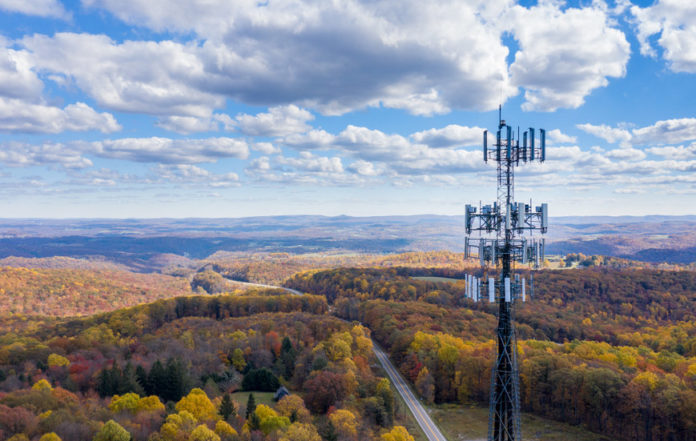Open RAN TCO and automation tooling make it a good fit for rural network expansion
Extending reliable, affordable broadband access into rural or otherwise un- or under-served parts of the world is a priority for lawmakers, nonprofits and other stakeholders around the globe. As communications service providers work to play their part in addressing the digital divide, Open RAN could be an option given the TCO and architectural flexibility associated with disaggregated radio systems.
In a recent panel at the Open RAN Global Forum (available on-demand here), Rethink Research Founder Caroline Gabriel talked through the applicability of Open RAN to democratizing network access with AT&T’s Sinan Akkaya, director of RAN engineering, and Mavenir EVP and Chief Technology and Strategy Officer Bejoy Pankajakshan.
To start the conversation, Gabriel cited research indicating that 65% of operators surveyed were evaluating Open RAN for, among other goals, cost-effectively expanding network reach, thereby expanding total addressable market. She asked the panel for a reality check on what’s “achievable in the real world.”
Akkaya started by characterizing “broadband availability…as fundamental as electricity or running water and education. I don’t think we can really bring different parts of the world into the 21st century without a broadband connection.”
As for the role of Open RAN in connecting rural markets, he said there’s no single “cookie cutter solution.” Akkaya said he keeps the balance between network performance and affordability top of mind as AT&T thinks about deploying new cell sites and connecting those sites to their rapidly-expanding fiber network which can support mobility, fixed wireless and wired services. Reflecting on FWA deployed in a rural market, he said, “I didn’t know how heavily that would be used. But now, after building all these sites and providing the service, we see quite high usage…We know that a fixed wireless access solution works very well in those extremely rural areas.”
Pankajakshan, referencing U.S. efforts to remove Chinese-made network gear from rural markets as part of the federally-led and funded rip-and-replace initiative, said, “The limitation really comes from the availability of radios to support the different band combinations these different markets have. That’s one thing that’s holding back wider adoption.” Listing off cost items associated with remote radio united, distributed and central unit servers, baseband software and operating system licensing, he came back to the point: “It’s the radio that becomes the limiting factor because you need to be developing radios for these different markets.”
Mavenir started out in 2005 as a software firm focused on 3G and 4G voice and messaging, but has since grown significantly, and is getting deeper into the radio game most recently with its announcement of made in India 2G through 5G radio gear to support 5G rollouts on the sub-continent.
He continued to explain how Open RAN benefits beyond TCO, specifically implementation of a RAN Intelligent Controller (RIC) for things like energy savings and traffic steering, apply across deployment scenarios, including rural.
Akkaya said AT&T’s technology selection process ultimately comes down to stability. It’s “non-negotiable, period, for any operator. At the end of the day, telco thinks about availability of the service first…stability comes first before cost, before cost savings, before flexibility, anything.” AT&T has conducted an Open RAN trial on its commercial network using a multi-vendor setup, he said, which raised the issue of backward compatibility with legacy network infrastructure.
Given this, Akkaya said, if you can isolate the Open RAN portion of the network in a rural area, for instance, you can side-step issues that might be more problematic in a densely-connected geography. “If it can be isolated, there’s no legacy dependency.”
In response to a question about Open RAN security considerations, Pankajakshan called out ongoing work amongst government and industry to examine the expanded threat surface created in a disaggregated, multi-vendor network environment. At the end of the day, he said, “Open RAN by itself is actually not creating any security issues. In fact, it’s the opposite…You could independently test…through third parties.”


